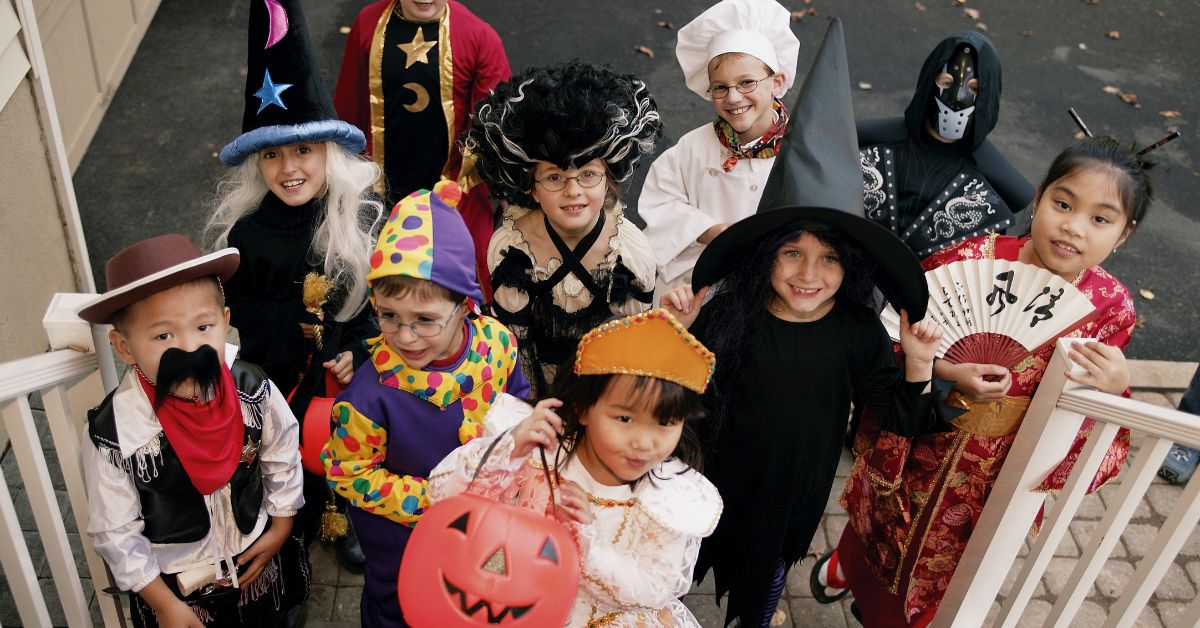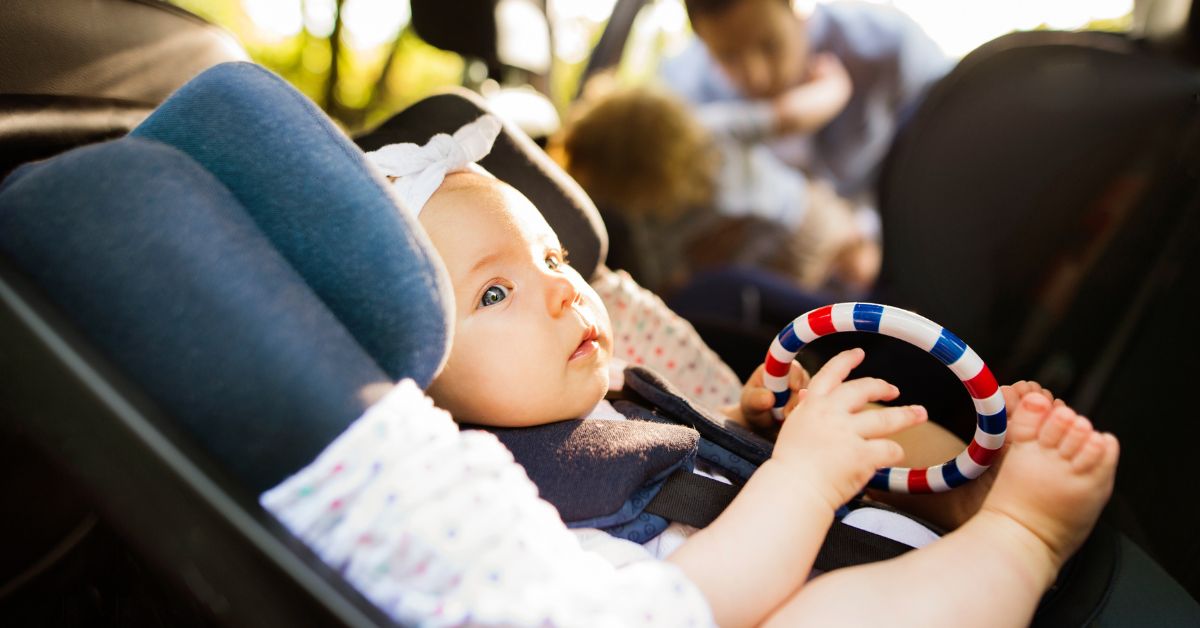Halloween is a magical time of year for children and families alike. The costumes, the candy, and the thrill of walking door-to-door at night all contribute to lasting memories. But as delightful as Halloween can be, it’s also one of the most dangerous nights of the year for pedestrians—especially children.
According to safety organizations and national traffic data, pedestrian injuries and fatalities spike significantly on Halloween night, primarily because more people are walking outdoors after dark, often distracted or dressed in low-visibility costumes. Motorists may also be distracted or fail to adjust their driving behavior accordingly. The result is an increased risk of tragic accidents.
To help ensure your Halloween is filled with treats and not tragedy, here are five essential safety tips to help protect your family while trick-or-treating this year.
Stay on the Sidewalk and Follow Safe Walking Practices
Whenever possible, stick to sidewalks and designated pedestrian paths. The sidewalk is your first line of defense against passing vehicles. If your neighborhood doesn’t have sidewalks, make sure to walk facing traffic, staying as far to the left of the road as possible so you can see oncoming cars.
When crossing streets:
- Use designated crosswalks or intersections—never dart out between parked cars or cross mid-block.
- Always look left, right, and left again before crossing.
- Teach children to make eye contact with drivers before stepping into the street to ensure they’ve been seen.
Walking in groups is also safer. Larger groups are more noticeable to drivers, and children are less likely to wander into dangerous situations.
Boost Visibility with Lights, Reflectors, and Bright Costumes
Halloween costumes are often dark, spooky, and perfect for a fright—but unfortunately, they also make children harder to see at night. As sunset arrives earlier in the fall, the risk of visibility-related accidents increases.
To help motorists and other pedestrians spot your child more easily:
- Attach reflective tape to costumes, shoes, and candy bags.
- Carry flashlights or glow sticks to light the way.
- Choose brightly colored costumes when possible.
- Use clip-on LED lights or safety vests for extra protection.
Visibility is especially important if you’re in a high-traffic neighborhood. Even with street lighting, drivers may not expect pedestrians to be in the road after dark.
Trick-or-Treat in Familiar, Well-Lit Neighborhoods
Sticking to familiar territory helps you and your children stay oriented and aware. Families should plan their trick-or-treating route in advance and choose well-lit, populated neighborhoods where traffic is typically calmer and pedestrian activity is expected.
If you decide to explore a new area:
- Review the route before leaving the house.
- Avoid dark alleys, vacant lots, or unlit wooded trails.
- Set boundaries and communicate a specific time to return home.
Knowing the area also makes it easier for children to return safely if they become separated from the group.
Be Cautious Around Pets and Stray Animals
Halloween can be a stressful time for pets—strange costumes, loud noises, and a constant stream of unfamiliar visitors at the door. As a result, even typically friendly pets may act aggressively.
When trick-or-treating:
- Avoid approaching dogs, especially if they’re barking, growling, or tied up in yards.
- If you see a loose dog or stray animal, calmly move away and report it to the homeowner or local authorities.
- Remind your children never to pet or feed unfamiliar animals.
Also, teach kids not to run past houses with “Beware of Dog” signs or dogs that appear to be acting defensively.
Have a Pre-Trick-or-Treat Safety Talk with Your Kids
Before you step out the door, sit down and talk with your children about safety rules. This brief conversation can make a big difference in how they handle unexpected situations.
Important reminders include:
- Stay with the group—no wandering off alone.
- Only approach well-lit houses and avoid entering any home or vehicle.
- Accept only factory-wrapped treats—inspect candy before eating it.
- Don’t eat any candy until you return home and an adult has checked it.
For older children trick-or-treating without adult supervision, set clear expectations about curfews, phone check-ins, and what to do if they encounter trouble or feel unsafe.
Steele Adams Hosman Wishes You a Safe and Spooky Halloween
At Steele Adams Hosman, we understand that your family’s safety is your top priority—and it’s ours too. Halloween should be a night of joy, not sorrow. Unfortunately, not all drivers take precautions to protect children and pedestrians. If your child is injured by a negligent or distracted driver while trick-or-treating, you may have legal options.
Our team is here to help you pursue justice and financial compensation for:
- Medical expenses
- Pain and suffering
- Emotional trauma
- Lost income if a parent must take time off work
We’re committed to advocating for victims of preventable pedestrian accidents and holding negligent parties accountable.
Schedule a free consultation today by calling (801) 999-1506 or filling out this form. Let our experienced attorneys support you and your family during this difficult time.




